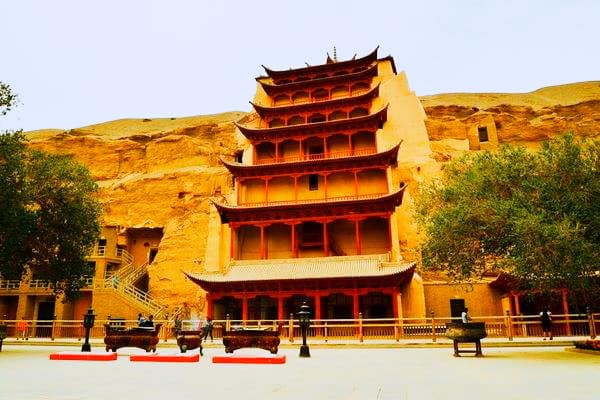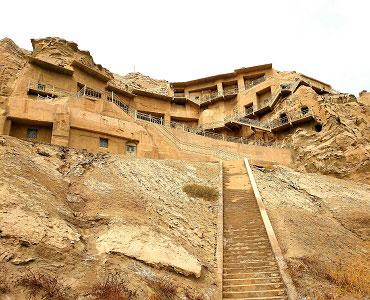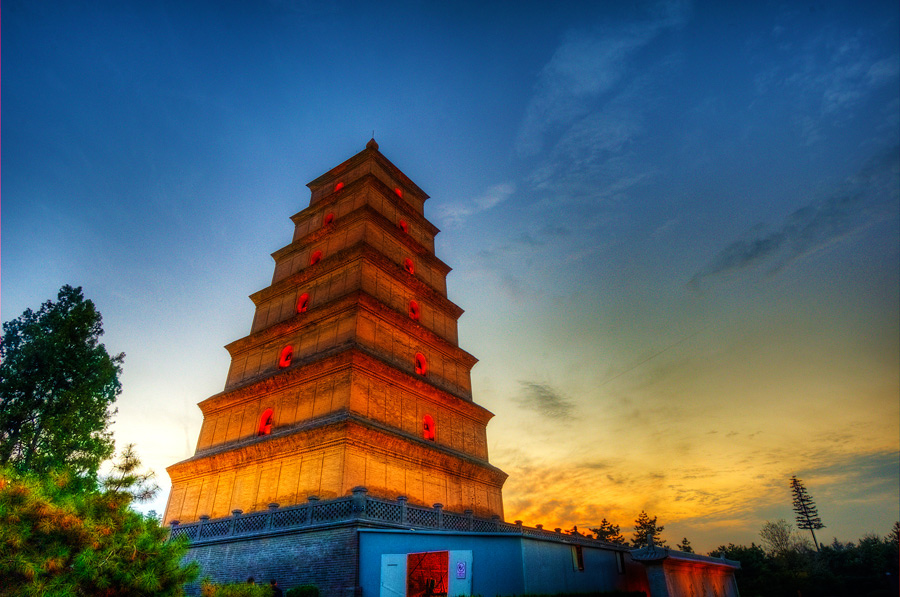Xi'an
Xi’an, known as Changan and ho Jing, is the core city of Shanxi provincial capital, sub provincial level city and Guanzhong Plain urban agglomeration. It was the starting point of the ancient Silk Road, the core area of “one belt and one road”, and the “world famous historical city” established by UNESCO in 1981. Xi’an is located in the central part of Guanzhong Plain, near Weihe River in the north, Qinling Mountains in the south, bashuirun Chang’an, with a total area of 10752 square kilometers; by the end of 2018, Xi’an has a permanent population of 10.037 million. In February 2018, the national development and Reform Commission and the Ministry of housing and urban rural development issued the Guanzhong Plain urban agglomeration development plan to support Xi’an to build a national central city, an international comprehensive transportation hub and an international metropolis with historical and cultural characteristics. Xi’an is one of the first national historical and cultural cities announced by the State Council, one of the four ancient capitals in the world, and one of the capitals with the most dynasties, the longest time and the greatest influence in Chinese history. It is one of the first batch of excellent tourism cities in China. Cultural relics have the characteristics of high resource density, good preservation and high level. Among the 155 basic types of China’s tourism resources census, Xi’an’s tourism resources account for 89. As of 2016, there are two six heritages in Xi’an that have been listed in the World Heritage List: Terra Cotta Warriors of the first emperor of Qin Dynasty, Dayan Pagoda, Xiaoyan pagoda, Daming Palace site in Chang’an city of Tang Dynasty, Weiyang Palace site in Chang’an city of Han Dynasty and Xingjiao temple tower.






